Triumph Cars: 100 Years
 by Ross Alkureishi
by Ross Alkureishi
“A natural progression from two wheels to four saw the birth of the Triumph motor car. Endowed right from the start with a reputation for reliability, ruggedness, and sheer quality of finish, the marque’s output would go on to conquer the sports car sales and competition worlds, all the while thrilling its drivers. Those who bought a Triumph did so because they suspected that to do otherwise would be sheer folly.”
Not having this book would be sheer folly, too! Crisply designed and a mere pittance at only $60 it is a competent and clever review of a long and—typically British—convoluted history. Author Ross Alkureishi is a Brit too which probably explains how he got so many people and marque clubs in the UK to open their doors to him. This also yielded many illustrations not seen in print before. One can’t help but recall Alkureishi’s 2020 book of similar scope, The Complete Book of Classic MG Cars (same publisher, ISBN 978-0760367179), in which he lamented that the biggest challenge was deciding what to leave out. The Triumph story can not have been much easier to rein in.
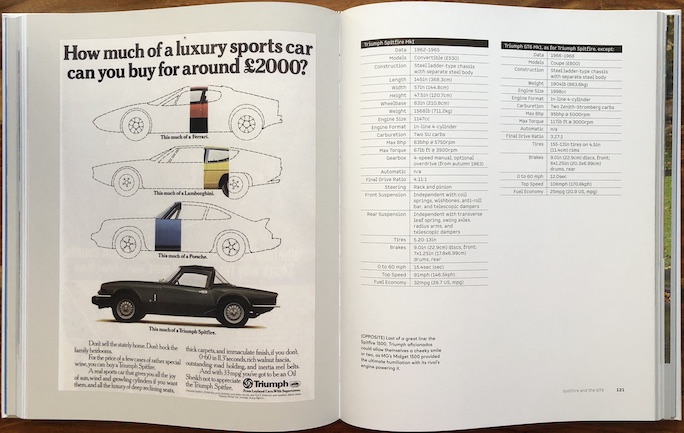
Triumph ads were very often very clever. An example of the data tables on the right page.
The reason the book is being published now is right in the title: 100 years, although . . . while the book does begin with the first model, the 10/20 of 1923–29, the last model fizzed out already in 1984, that being the Honda Ballade-based Acclaim. The one bit of the story probably rightly left out is BMW’s purchase of the Rover Group (formerly British Leyland) in 1994 which included the Triumph marque. That said, you’ll get your hundred years by different means insofar as the book really begins in the 1880s with the two German emigrants to England who joined forces to go from making sewing machines to Triumph bicycles to motorcycles but then parted ways before Triumph cars enter the picture.
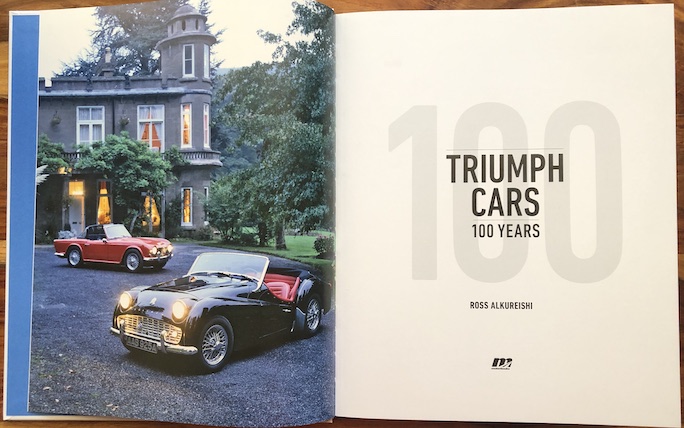
We’re at the front of the book and the cars are shown with a frontal aspect. The same scene is again at the back of the book, this time with the cars pointing the other direction but there’s more daylight and the cars’ lights are off. The lighting, also inside the house, obviously sets a fine mood but in a chronological sense wouldn’t daylight have made more sense at the front? Or maybe it’s not dusk but dawn, and a day of flogging Triumphs lies ahead?
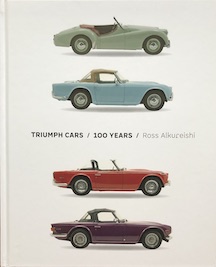 If you ease yourself into a book by thumbing through it first, you’re bound to notice the phrase “Continued on [from]” on those
If you ease yourself into a book by thumbing through it first, you’re bound to notice the phrase “Continued on [from]” on those 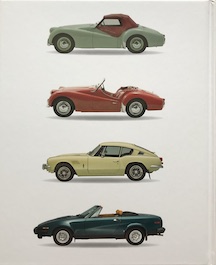 pages that are interrupted by other material, often full-page photos. There’s even an index. All this makes for good first impressions—and they’ll hold up. Also, do go undercover: underneath the dust jacket you’ll find lovely foil-printed car profiles. Not only are they different on front and back but in each case point towards the outside edge—the designer really deserves praise.
pages that are interrupted by other material, often full-page photos. There’s even an index. All this makes for good first impressions—and they’ll hold up. Also, do go undercover: underneath the dust jacket you’ll find lovely foil-printed car profiles. Not only are they different on front and back but in each case point towards the outside edge—the designer really deserves praise.
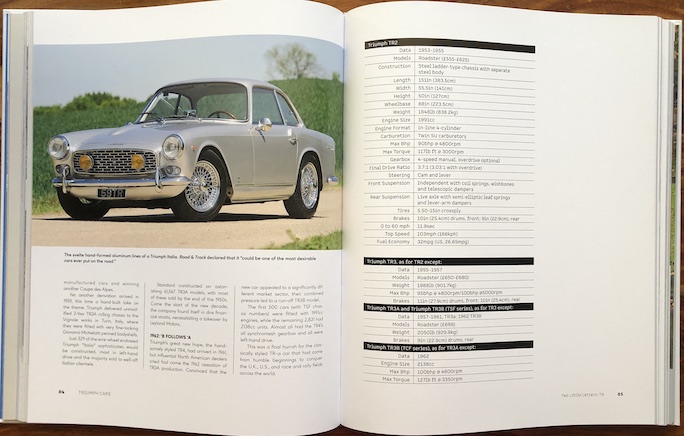
If you didn’t know this was a Triumph, well, you wouldn’t recognize it as such. This 1959 TR3A Italia bodied by Michelotti for Vignale looks very upmarket. The theme would be picked up a few years later in the TR4 and successors.
Different topic, and not at all a small thing: it is not easy to typeset three narrow-measure columns of justified type without unsightly wordspacing; kerning and tracking can smooth out only so much and while there are examples of gaps in each column (enlarge the photo—once you see them you can’t unsee them!) they blend well enough, but could of course have been avoided altogether by “editing to fit.”
Readers of Classic Cars magazine will surely recognize Alkureishi as a contributor, in fact may recall that he has circled the wagons on this particular topic in its pages already years ago—a long-winded way of saying he didn’t just wake up one day and decided to tackle Triumph. His bio describes his writing style as “informative, entertaining, and high-tempo.” True that. Despite the tempo he manages to have time for assorted sidebars, sporting attempts, special coachwork, and other marques as they intersect with the Triumph story. Each model is accompanied by a data table including even prices. Both text and photos include lhd models (but do realize that in-depth market-specific analysis is not the focus).
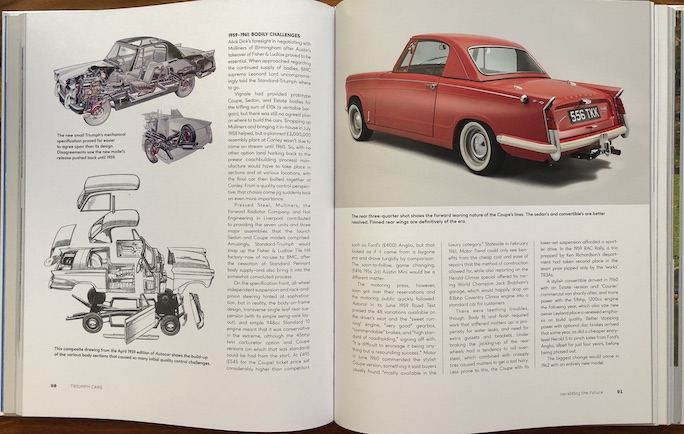
The slightly oversize book (10.15 x 12.45″) is splendidly illustrated, with most everything sourced from professionals, also period advertising material and press clippings, as well as line art and cutaways.
Copyright 2023, Sabu Advani (speedreaders.info).


 RSS Feed - Comments
RSS Feed - Comments

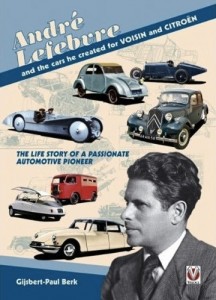

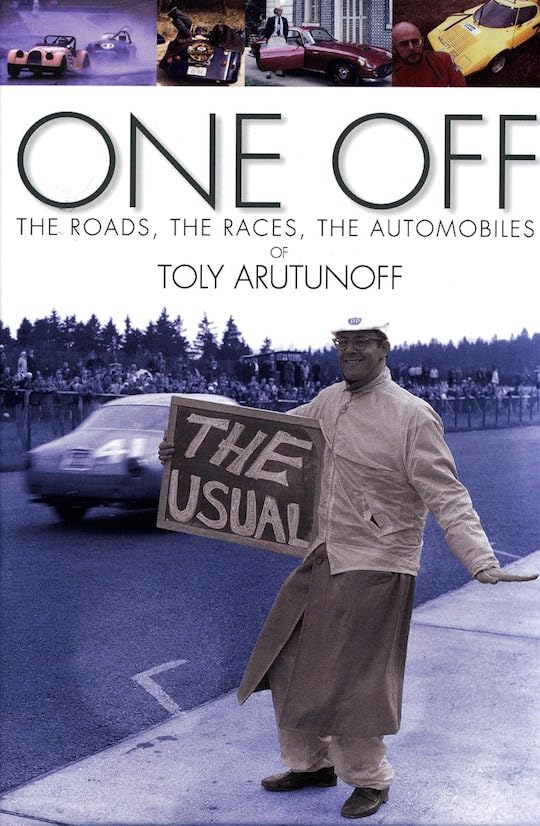









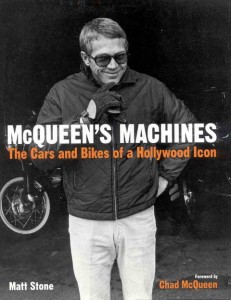


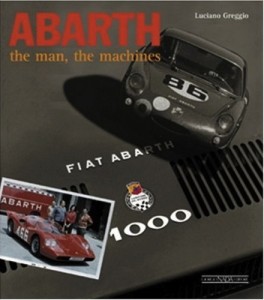
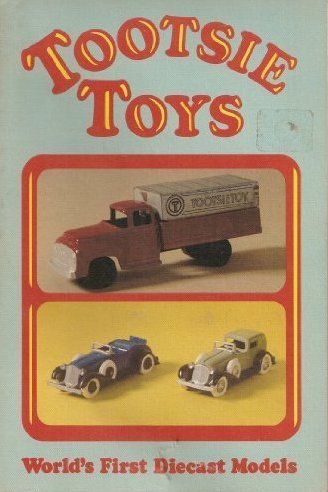
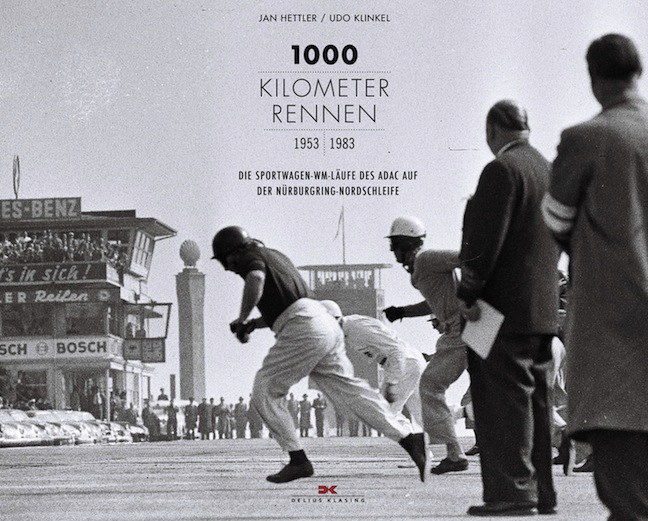
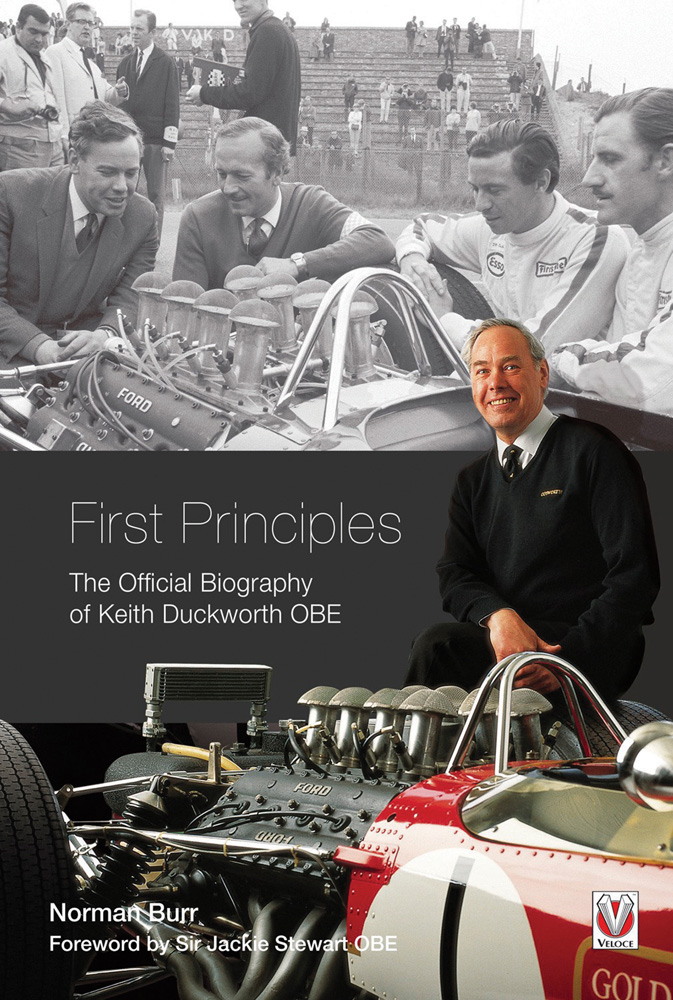

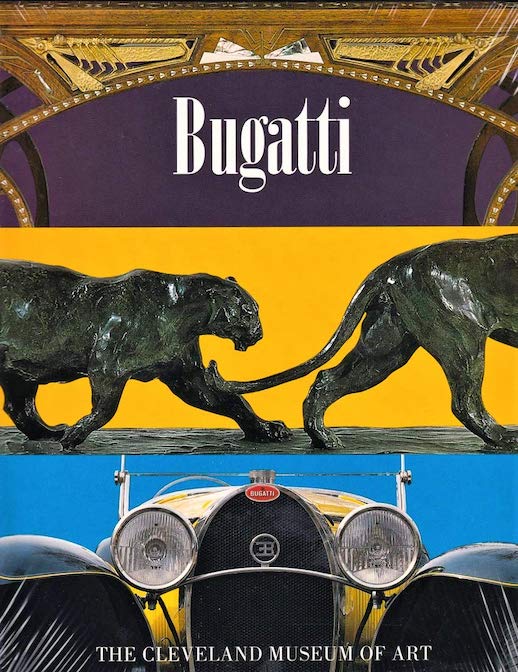



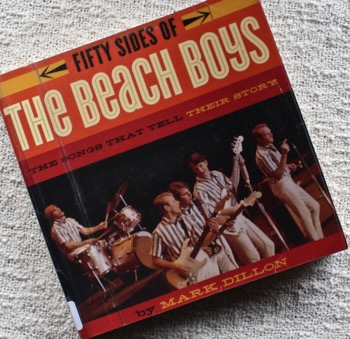






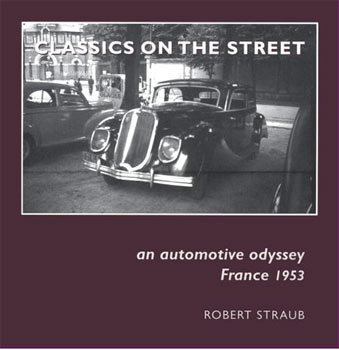
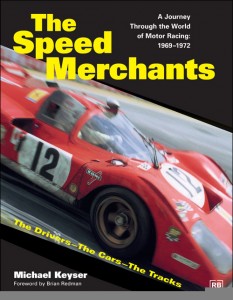

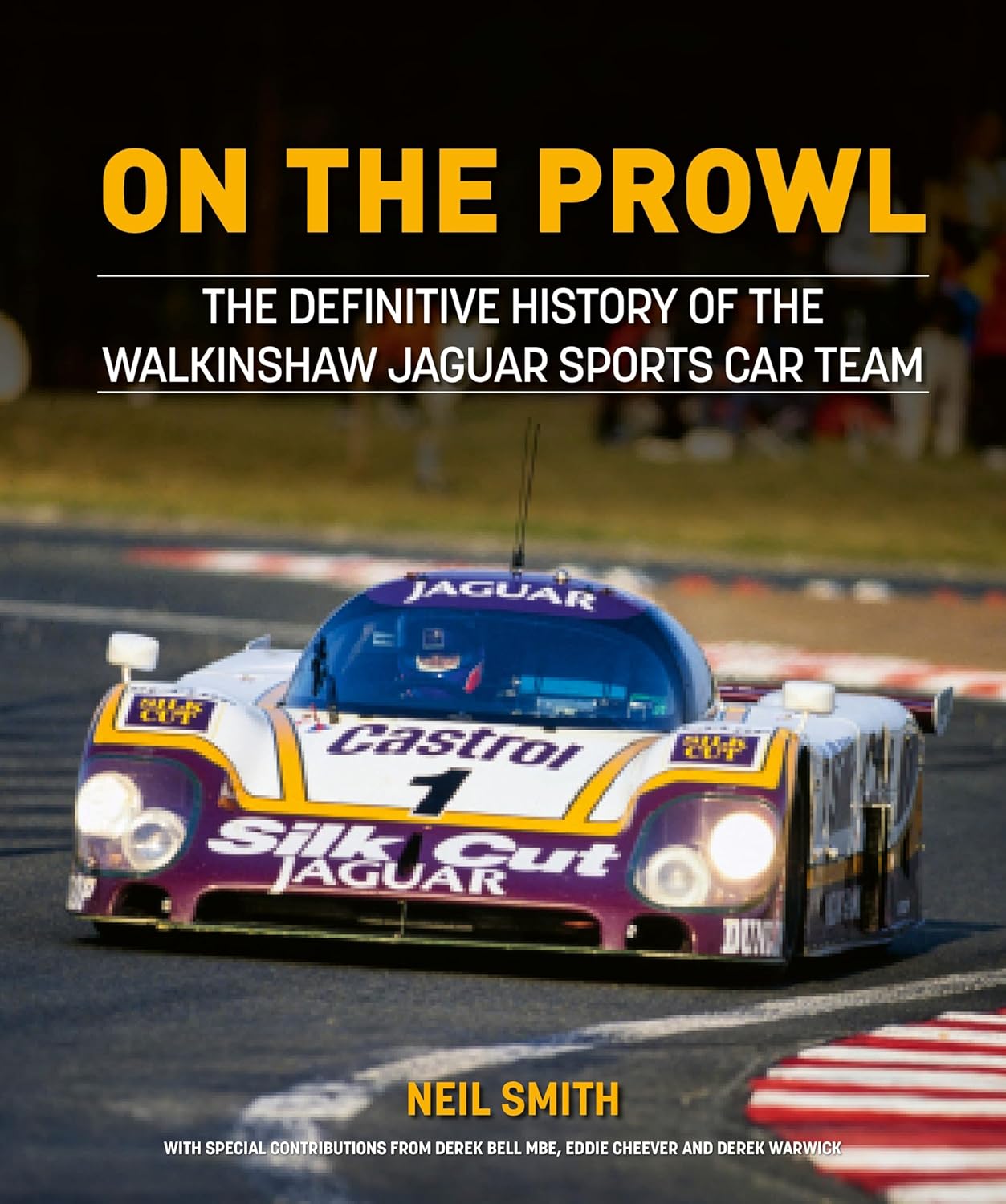

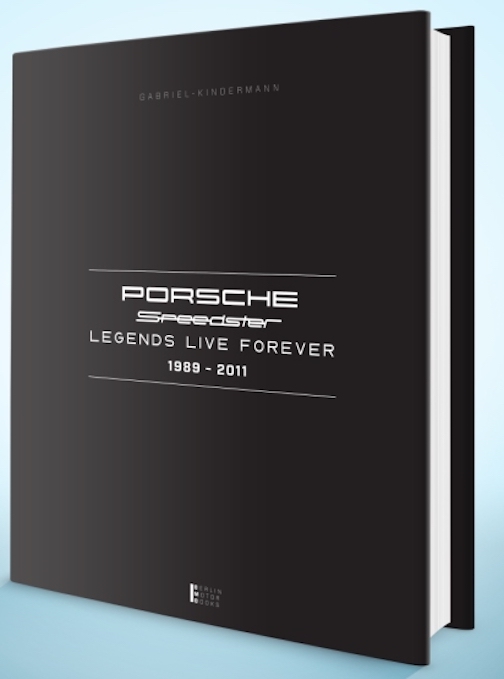




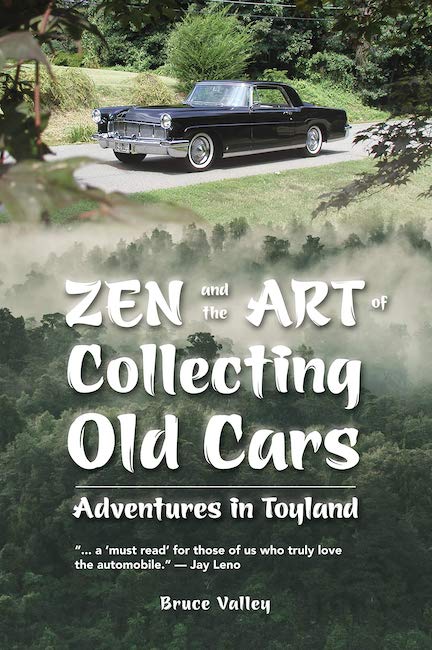

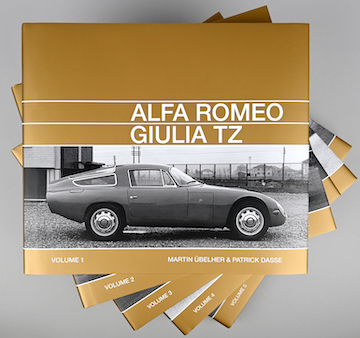




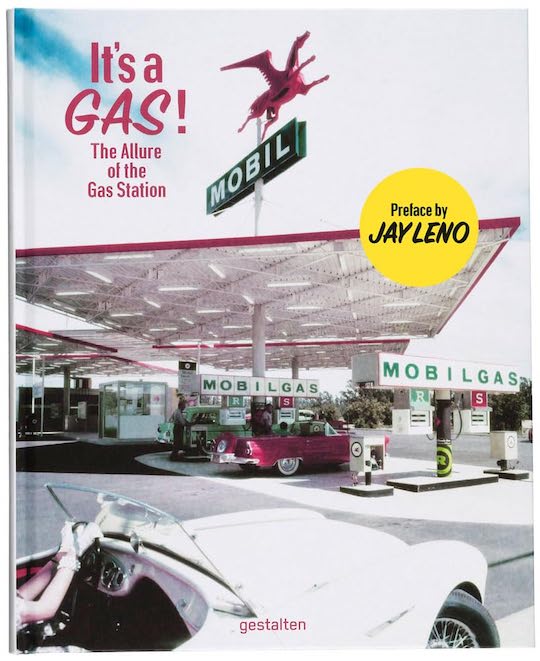




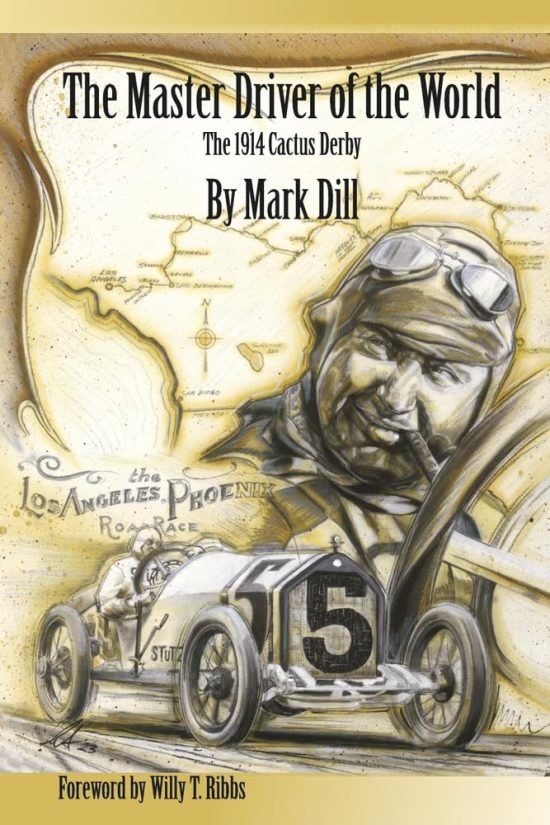
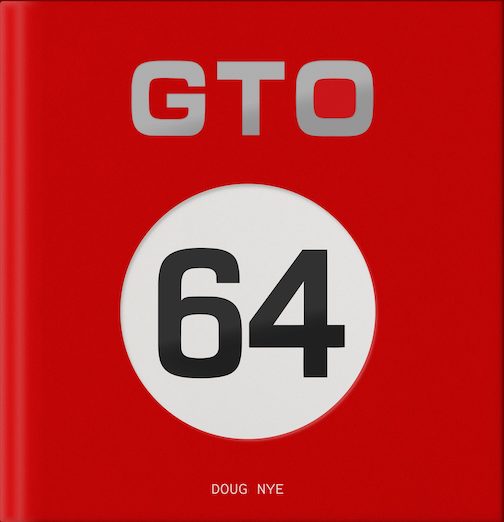





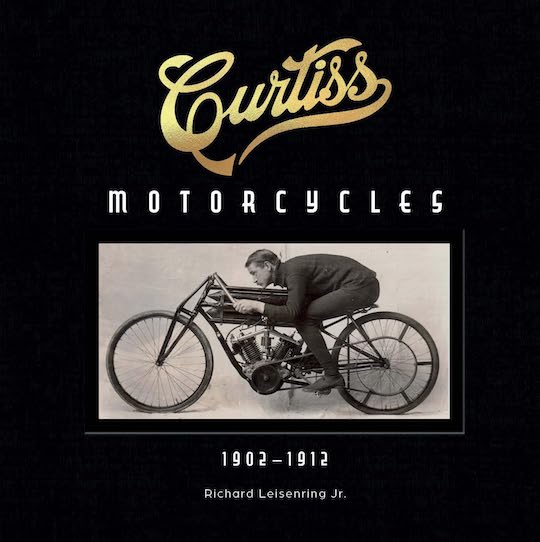

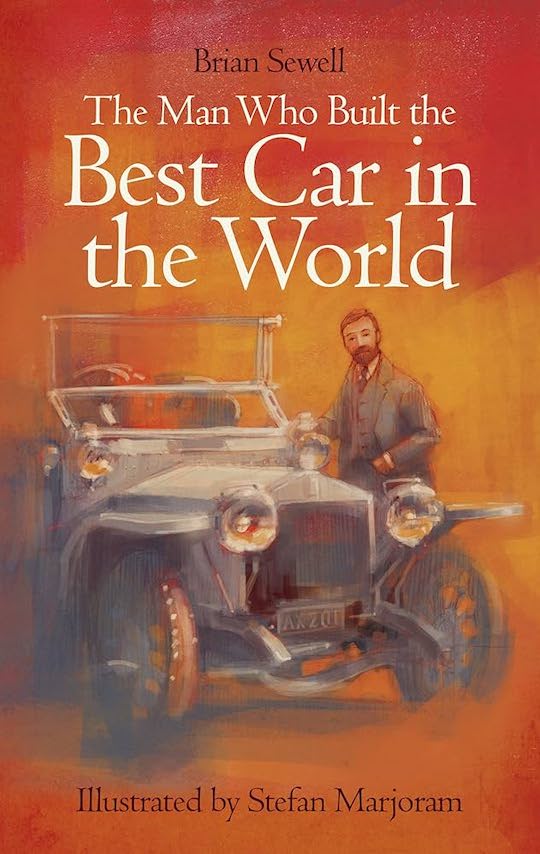

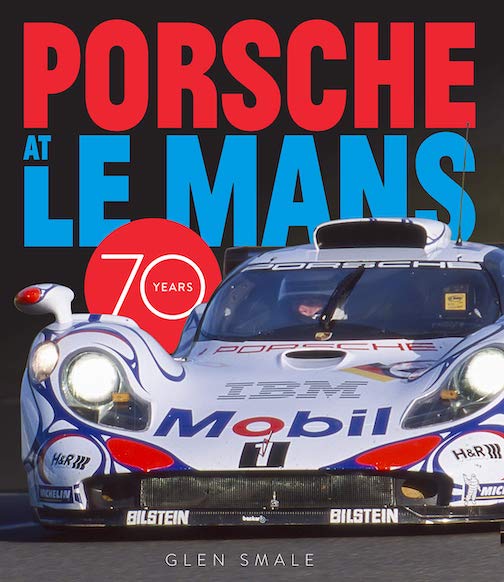




 Phone / Mail / Email
Phone / Mail / Email RSS Feed
RSS Feed Facebook
Facebook Twitter
Twitter